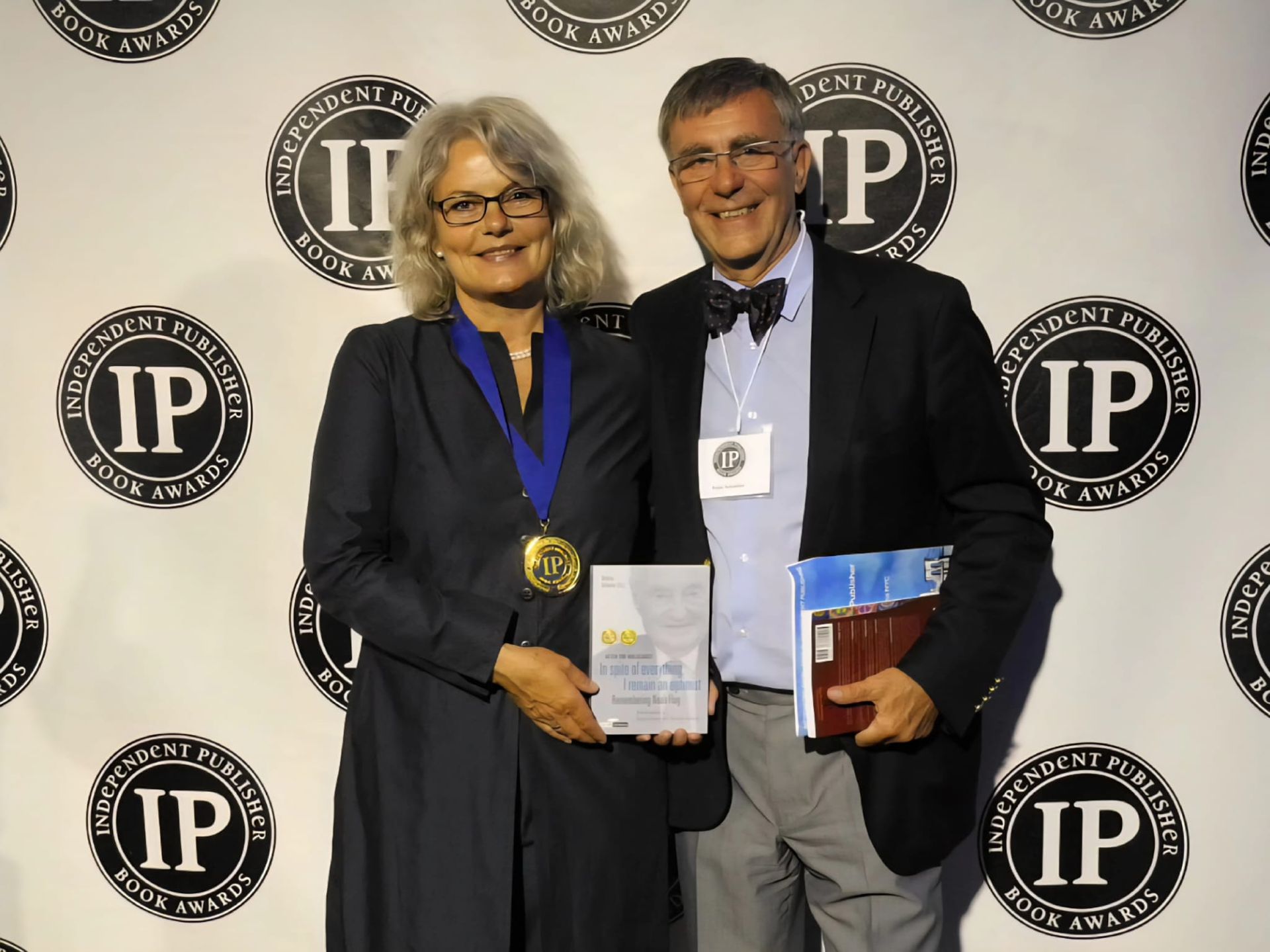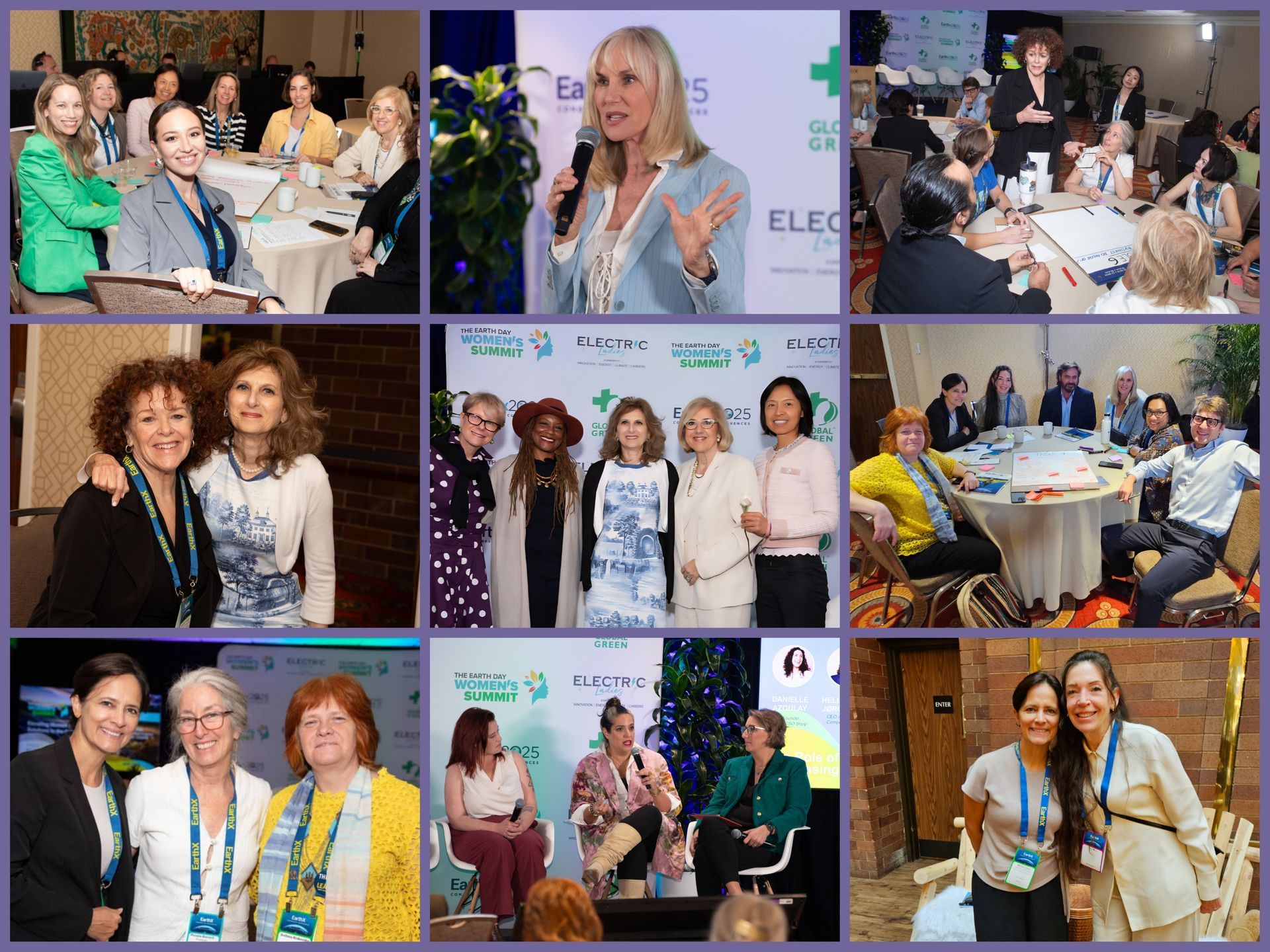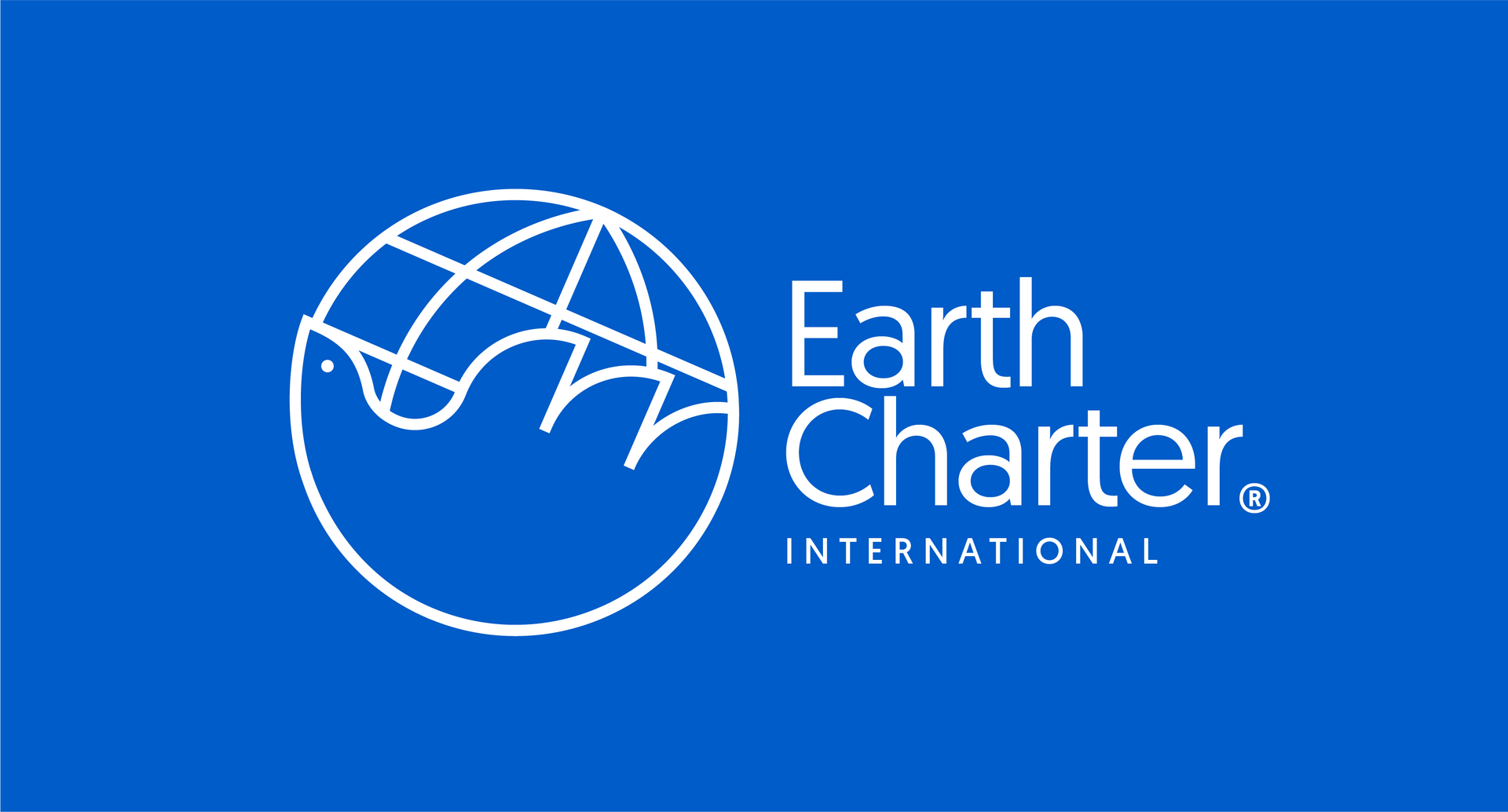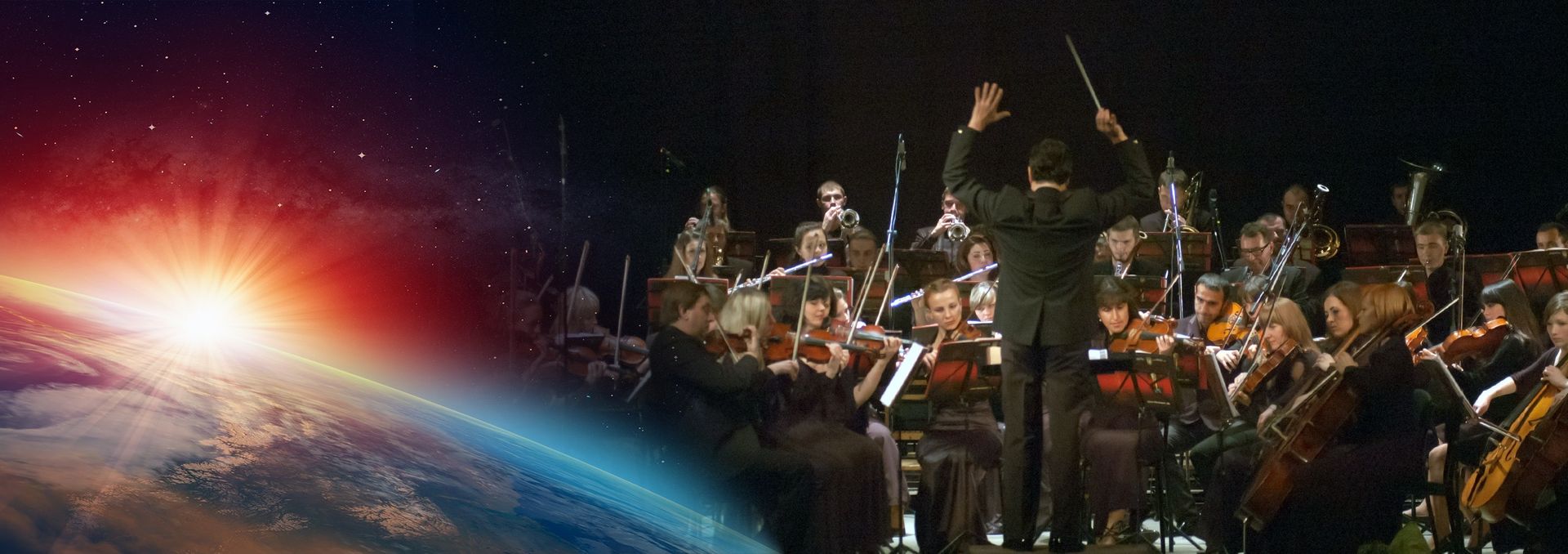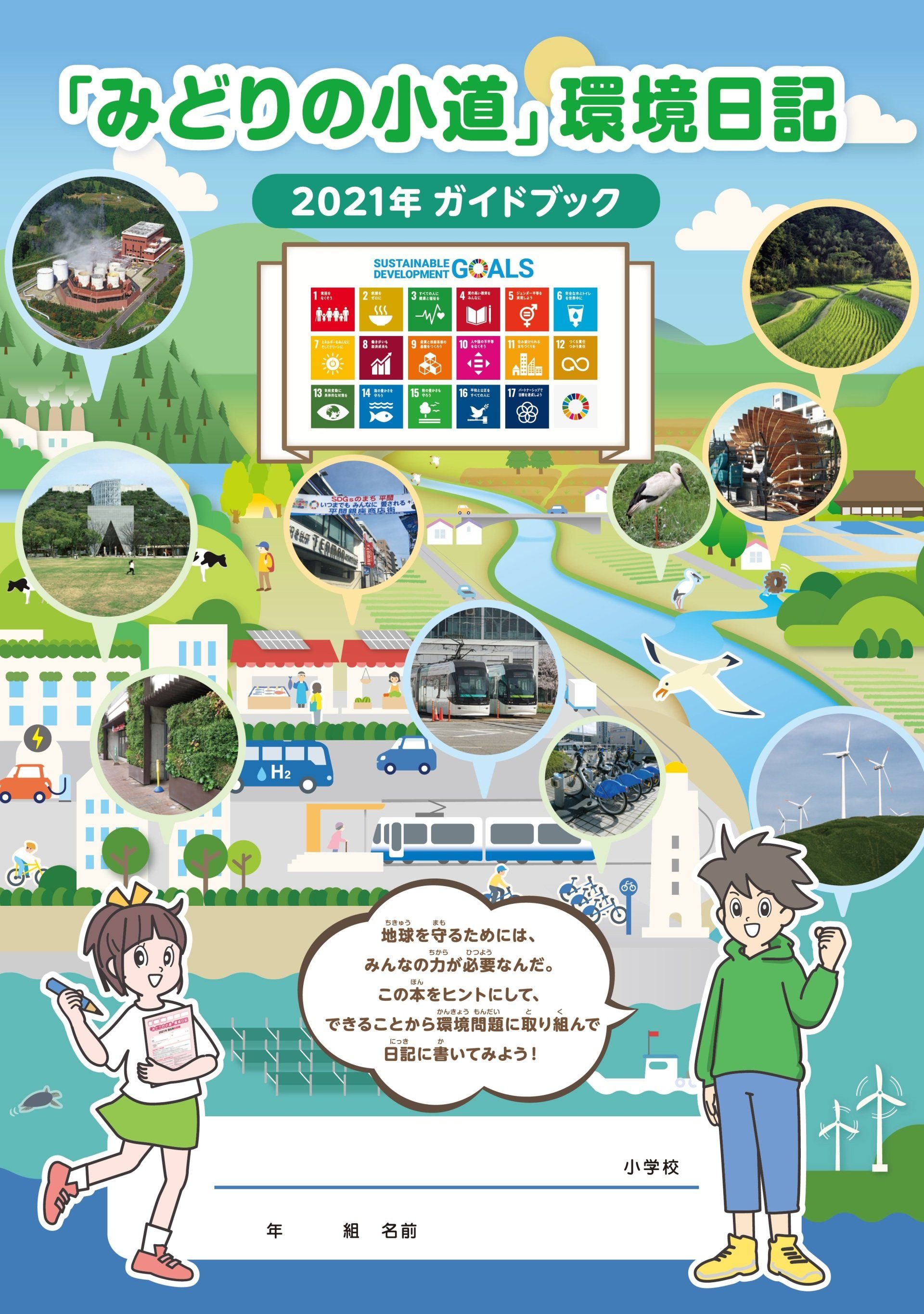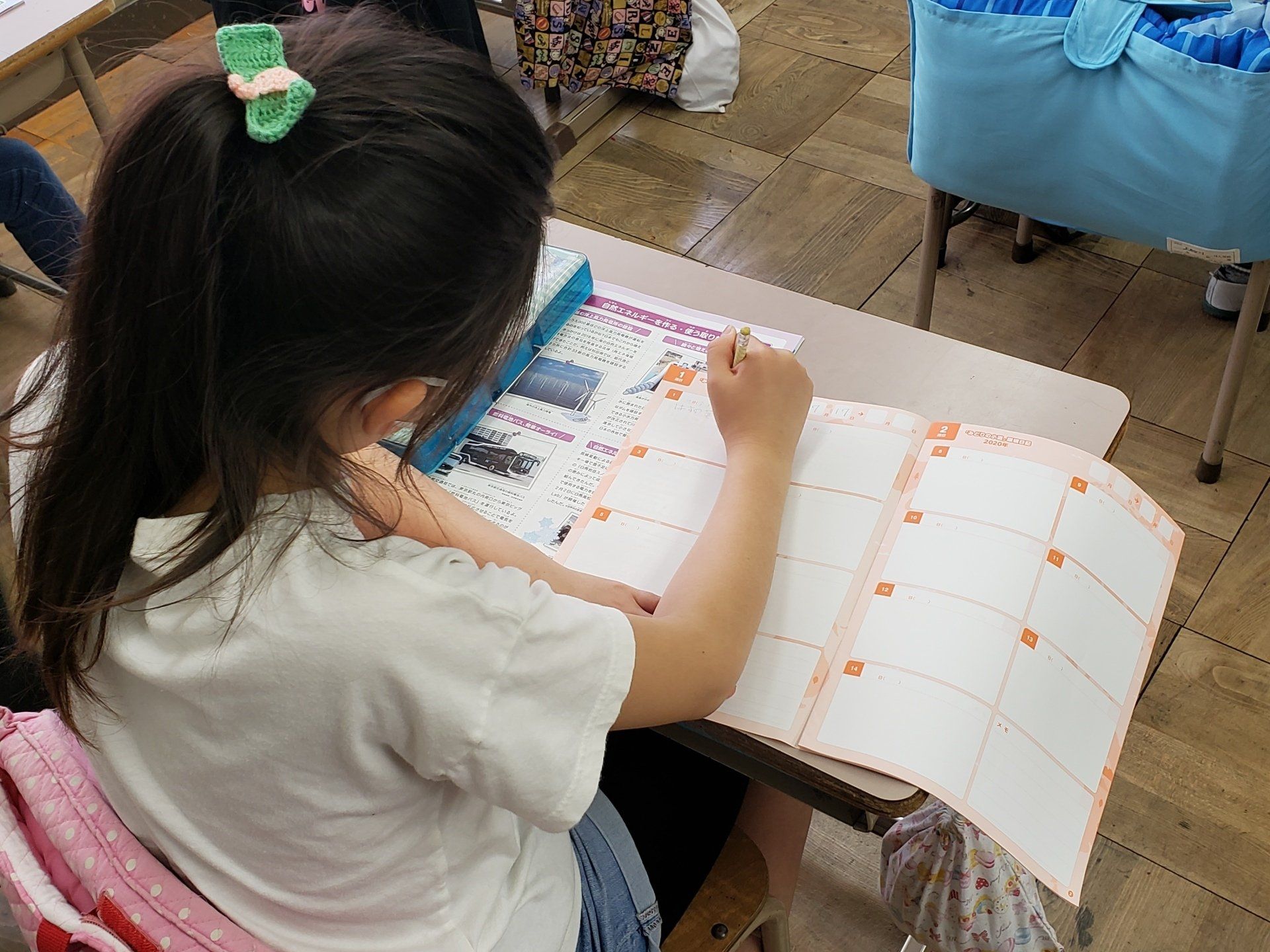Youth for a Green Future join 23rd Year of Therapy Camps for Children
GCI Office • August 3, 2018
Youths from the Green Cross therapeutic camps on stage in a play about the Earth Charter – the piece was shown in Uster, Winterthur, Zurich, Bern, Wimmis and Thun.
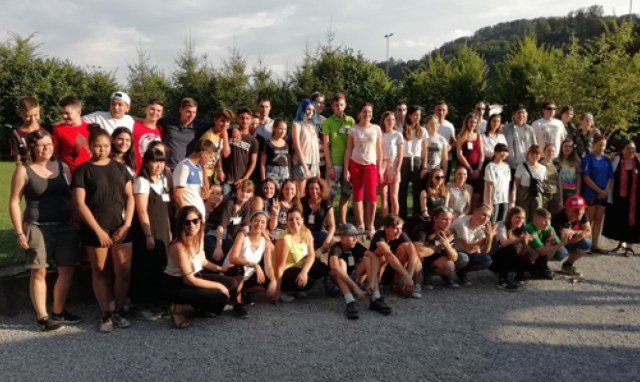
The fifth international therapeutic camp was launched this week, in parallel to annual therapeutic camps organised in several Green Cross partner countries.
This therapeutic camp, whose motto is: “Discovering the World”, is financed by the Movetia Foundation and supported by the Swiss Confederation. From 23 July to 10 August, 55 young people aged 14 to 17 from Moldova, Italy, Japan, Russia, Sweden, Belarus, the Netherlands, Ukraine and Switzerland will participate in the Green Cross Uster and Wimmis therapeutic camp.
The programme includes the development of a theatre project about environmental pollution directed by Eugeniu Matchovschi, from the national Moldovan theatre, Theatrul Satiricus. The play is based on the Earth Charter and touches upon the carelessness with which human beings treat the environment. The show will be presented at the following dates and times:
Monday, 30 July at 17:00 in the café “8610 im Stadtpark”
Tuesday, 31 July at 18:00 in the Market Square (Marktplatz) in Winterthur
Thursday, 2 August at 17:00 on the Gemüsebrücke Bridge in Zurich
Friday, 3 August at 12:00 in the Place du Grenier (Kornhausplatz) in Bern
Monday, 6 August at 19:00 in the Aula Hall of the Chrümig school in Wimmis
Wednesday, 8 August 2018 at 16:00 in the Manor Square (Manorplatz) of Thun
Young and old alike are invited to these performances. Entry is free.
The therapeutic camps involve various intercultural activities, such as sports, environmental education, and building communication skills. In the workshops, the campers discuss topics such as the 2030 Agenda, recycling, and renewable energy. They also get the opportunity to learn about the situations of other countries relating to these topics. Key themes of the Green Cross therapeutic camps include the management of daily radioactivity exposure, learning about the effects of radiation on humans and the environment, and coming up with new perspectives for the future. To this end, for example, the campers visit the Juckerhof Discovery Farm near Lake Pfäffikon to pick berries. This activity illustrates how the pectin fibres found in fruit can be used as a natural method to absorb radionuclides within the body. During the camp, the young people also benefit from a medical and psychological check-up. The levels of radioactivity within their bodies are assessed at the beginning and end of the camp.
The campers learn how to strengthen their immune systems through proper meal selection and preparation, physical activity and therapy, and by strengthening their home-skills. For many participants, the camp is a unique opportunity to meet young people of the same age from different countries and cultures. Previous camps have shown that many new friendships are born from these experiences.
This year’s therapeutic camp in Switzerland, which the Movetia Foundation has funded in order to promote cultural exchange, is the result of Green Cross Switzerland’s Social Medical (SOCMED) programme. SOCMED is dedicated to health and education. Green Cross Switzerland has welcomed children and young people to participate in these four-week therapeutic camps since 1995, and separate camps are also held in preserved and uncontaminated areas of Moldova, Russia, Belarus and Ukraine. Medical and psychological support, as well as a balanced diet for the duration of the camp, allows the campers to strengthen their immune systems and reduce the level of radioactivity present in their bodies by up to 80%.
To learn more about past Green Cross therapy camps, click here.
This report was originally posted on the Green Cross Switzerland website.
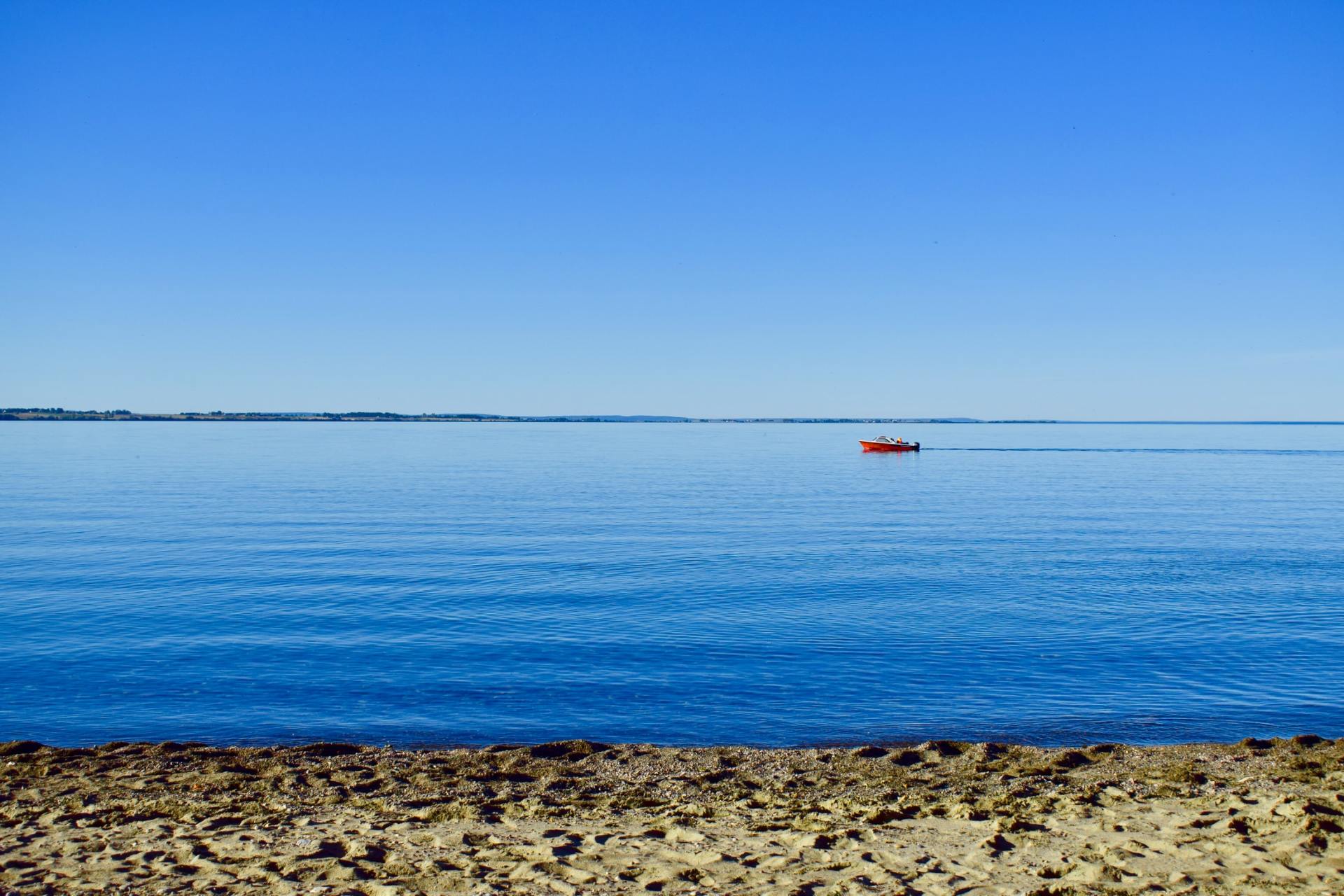
One of Europe's biggest freshwater lakes. VÄTTERN BELOW THE SURFACE (Documentary 2020) Lake Vättern Below the Surface This documentary brings forth new perspective of Swedish water management. This film is an example of how water management can be risking human health and water quality, not only in Sweden but in countries worldwide. The problem is most of the countries in the western world does not have a functioning water management, nor do they have field personnel or fully employed environmental diving inspectors checking the ecosystem below the surface. Eurofins, a major company in Europe testing for different toxins and substances, can today only provide data on approximately 300 substances. From a average sewer plant there can be an outlet of some 10 000 to a 100 000 chemicals. We cannot see chemicals, but we can see the effects when we dive. What we see are dead ecosystems at the bottom of lakes with algal blooms containing toxic cyanobacteria as a result of chemical discharge. These cyanotoxins are today linked with human diseases such as ALS, Alzheimer's and Parkinson, to name a few. The problem is we don't really know how many toxins there are in our drinking water, or in the food we eat. The film Lake Vättern Below the Surface documents this issue. The international community must begin to reevaluate how we are going to solve this problem. After you view this film some things to consider and discuss are the following topics below. These challenges we now see can easily be solved in a first stage. What is needed is to assess the level of toxic discharge there is in national water systems. We need to begin by digitizing all outlets and create an overview map of the difference in toxins found in the water systems. Then an overall plan can be tailormade made for the infrastructure in country and for the local communities. A common sense example is that placing heavy industrial complexes upstream freshwater lakes which are utilized for drinking water is not a good idea. Sweden has already solved the first stage and created a database showing the direction all water flow in the country, meaning the surface water and most of the groundwater. If a lorry with toxic cargo tips over we can follow the contamination downstream in the database and see how it affects the water system. What the country of Swedish has not realized is that we have laid the foundation for a much bigger database. Within this system we have the possibility to register the toxic discharge that is currently approved by the government. We can for example register into the database the estimated 6,000 covered dumping sites currently leaking toxic wastewater, as well as our thousands of sewer plants, industrial outlets, and the dumping locations of munition materials by Armed Forces. This can be done to provide an overview to assess the impact of the chemical outlets to our water systems. The governments have the necessary data to make this happen. This can be an effective tool to control and stop to sensitive ecosystems and keep our citizens and future generations safe. The next two steps involve diving and field personnel to survey the water systems and assess the state of ecosystems below the surface, in each country. Most important is to begin researching the methods for sampling the thousands of chemicals in our water. If we do not stop the dissemination of toxic chemicals today it could take years into the future before we solve what will become an even greater challenge to provide clean water, which is safe to drink. We need to know what our water contains to keep people, animals and the ecosystem out of harm's way. Water security will also be a major challenge for governments worldwide with the challenge of climate change. Green Cross Sweden, together with Green Cross international, are in talks with the water researchers behind this film to create a pilot studies in several countries that can address this issue or water management internationally on an global scale. Together we can change the world towards a sustainable future. - Andreas Vos Board Member, Green Cross Sweden

